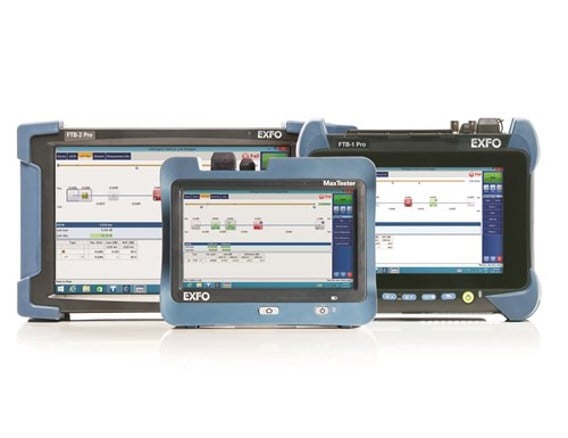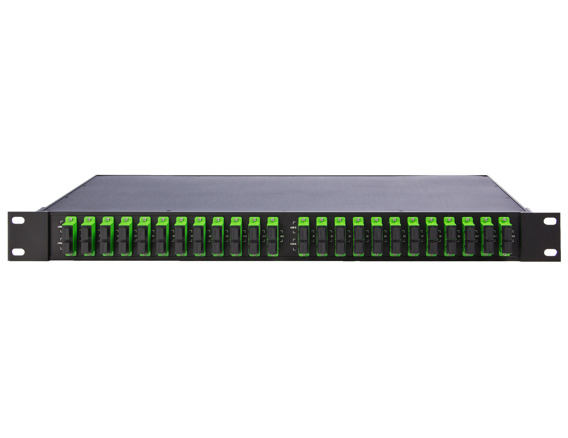Description
An EXFO Link-Aware™ product: Node iOLM
The Node iOLM provides intelligent test automation in addition to being a specialized OTDR for access network testing.
Compared to EXFO’s other portable iOLM solutions, the Node iOLM can define and test point-to-multipoint (P2MP) fibers, or it can test from the node, or central office, downstream to any passive optical network line type.
Essentially, what this means is that the Node iOLM can test before and after splitters. It is a node-based, fixed asset designed to expose test resources as web services so it can serve multiple workflows similarly to how a website supports multiple users.
By querying the test equipment with a topology template of the line, the application can define and run a series of OTDR acquisitions. It then assembles the information into a single XML dataset, merging the queried topological information, test results and quality assessment information associated with the discovered elements.
A Fiber Guardian Series product and application
The Node iOLM application is built on a specialized node OTDR, which is designed for in-service testing, monitoring and troubleshooting from the node. This means a test can be conducted from the field while the instrument is at the central office.
The solution is hosted on carrier-class hardware that is scalable, flexible and always available. Access to the various services is gained via a server that allows calls to be placed over IP in every network configuration.
Typically this product is interfaced with solutions dealing with inventory or quality control, with the management systems of active transmission equipment, or any network management system designed to provide access to optical test resources for PON or point-to-point networks.
The product is a stand-alone, intelligent solution capable of mapping a line and producing structured and documented data (XML format) of all measurable elements using best-in-class OTDR technology. The elements discovered on the transport fiber are tested against pass/fail criteria, with loss/reflectance and distance values included in the same structured data. Reflective filters can also be used during testing to position and assess the quality of each branch beyond the splitter(s).













